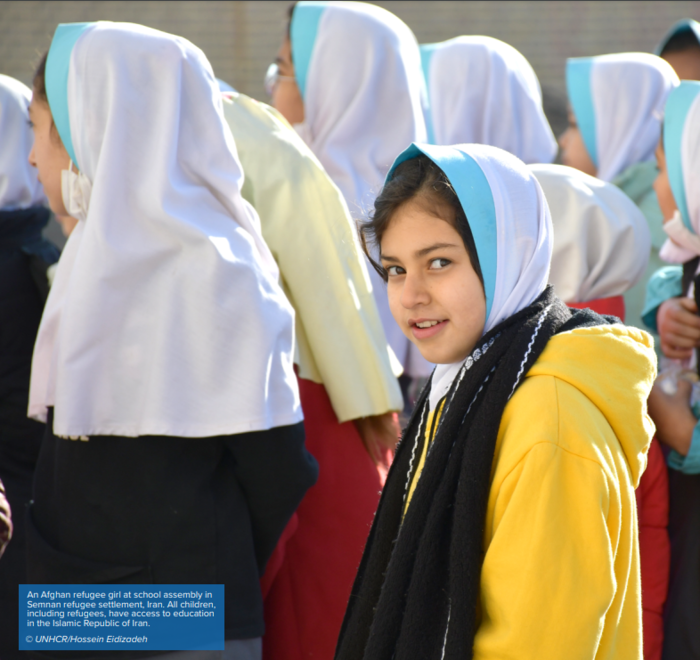Attachments
Chapter 1
Regional Overview
The total number of refugees, asylum seekers, internally displaced persons, stateless persons, returnees and other persons of concern to UNHCR in Asia and the Pacific will be 15.7 million by the end of 2023, a 10% increase from 2022. The region is home to 13% of the world’s total population protected and/or assisted by UNHCR (15.7 million out of 122.6 million). This includes 20% of the world’s refugees and asylum seekers (7.7 million out of 38.5 million) and 57% of the world’s documented stateless persons (2.5 million out of 4.4 million).
As of the end of 2023, there were 7.4 million refugees and people in refugee-equivalent situations, 6 million internally displaced people, 2.5 million stateless people (including displaced stateless people), 449,300 internally displaced returnees, 271,800 asylum seekers, and approximately 58,000 refugee returnees in the Asia-Pacific region. Compared to the previous year, the highest increase was in refugee returnees (+740 percent), followed by internally displaced people (+22 percent), asylum seekers (+17 percent), and refugees (+10 percent).
In Asia and the Pacific, the total number of people working with and receiving assistance from UNHCR remained fairly constant from 2014 to 2020, averaging around 9.4 million. However, it has been steadily increasing since 2020, with the population reaching 15.7 million by the end of 2023. The number of refugees, people in refugee-like situations and asylum seekers increased by 94 percent, from 4 million in 2014 to 7.7 million in 2023. The number of internally displaced people has also increased significantly in the region. The population of internally displaced people more than doubled in 2023 compared to 2014, increasing from 2.7 million to 6 million (+121 percent). Trends in refugee return over the past decade have shown significant fluctuations, with up to 385,100 refugees returning to their countries of origin in Asia and the Pacific in 2016. Since 2016, the number of returnees has decreased, but in 2023, it has increased again sharply, with the return of around 58,000 refugees and people in refugee-like situations, most of whom were Afghans. Similarly, the trend of internally displaced returnees from 2014 to 2023 shows a notable fluctuation. The highest numbers of returnees were in 2015 and 2021. The number of internally displaced returnees in 2023 is around 449,300, a significant decrease from the previous highs.
While the availability of data by age and sex varies widely across countries and population groups, demographic data is available for 89 per cent of the total population that UNHCR protects and/or assists in the region. Of the demographic data available, 52 per cent are women and girls, 49 per cent are children (under 18 years of age) and 6 per cent are people aged 60 and over.
Approximately 49 percent of the population UNHCR protects and/or assists are children, compared to 27 percent of the general population in the region. Many forcibly displaced children spend their childhood away from home and may be separated from their families. They may have witnessed or experienced acts of violence and are at increased risk of abuse, neglect, violence, exploitation, trafficking or recruitment into military forces in their new home. UNHCR works with national authorities and other international and regional organizations to assist, protect and find solutions to ensure displaced children are not left behind.
Of the total number of people receiving UNHCR’s assistance, 11% live in managed camps or camp-like conditions, 45% live in private accommodation outside camps, and about 44% are in an unknown type of accommodation. 57% of people living in camps live in Bangladesh, 25% in Pakistan, 11% in India, 5% in Thailand and 2% in the Islamic Republic of Iran.


